Stories
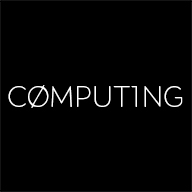 The story of computing is written in the language of computational thinking, was forged in the fires of conflict and commerce, and even now is the loom that weaves and is itself woven by the grand tapestry of the human experience.
The story of computing is written in the language of computational thinking, was forged in the fires of conflict and commerce, and even now is the loom that weaves and is itself woven by the grand tapestry of the human experience.
In just two or three generations — an imperceptible time in the timeless sweep of the cosmos — we have created a technology that has the power to extend us, to transform us, to define us, and perhaps even to destroy us. We are intentionally, inevitably, and irreversibly co-evolving with computing.
The story of Computing begins here:

An Enchanted Land
Computational Thinking
In the beginning, the only computers were human. Over the years we built computers we could walk inside; now we carry them with us or even inside us. Computational thinking is a way by which we may understand and control the cosmos and ourselves. We live in a world with abundant computational resources where nothing is forgotten and where we are connected in pervasive, unexpected ways beyond our choice. Therefore, it is reasonable to stop and ask ourselves just what kind of a world we might choose to create.
The next installments address the two primary forces that have shaped modern computing:
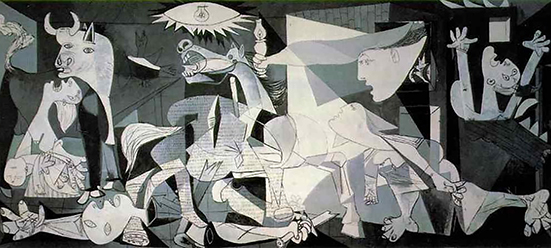
Woven On A Loom Of Sorrow
Computing And Conflict
Computing and warfare have evolved in concert, each profoundly influencing the other. During World War II, computing was a companion to war. Amid the rise of the Cold War, computing became an instrument of war. Now, in our time, computing has become a theater of war. In the journey from Jaccard's loom to our present time, it is fair to say that the foundations of modern computing have been woven on a loom of sorrow.

The Great Civilizer
Computation And Commerce
When an individual, a community, or a nation offers a service or product that another needs or wants and cannot or does not want to make themselves, trade emerges, and in so doing contributes to the formation of complex economic, social, and political connections that in turn shapes cultures. Some mechanism for accounting and accountability rises, and thus the need for money follows. Computing accelerates the velocity of money and in turn has woven itself into the fabric of all commerce.
The six episodes that follow explore computing through the lens of different facets of the human experience:
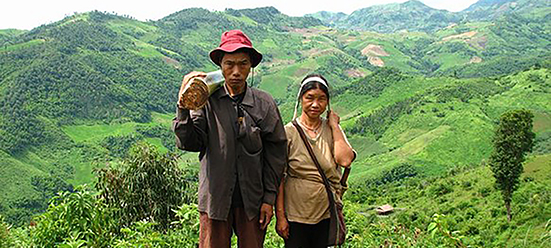
All Watched Over By Machines Of Loving Grace
Computing And The Individual
Mythology is filled with stories of machines that served as companions, as helpmates, as servants, as gods. Now, we build them from sand and animate them with lightning. Our bodies may die, but the digital dietrius we create in our lifetime lives on. As we irreversibly surrender to these devices of our own creation, we are compelled to examine what it means to be human and how we might preserve our privacy, extend our agency, celebrate our creativity, and maintain our dignity.
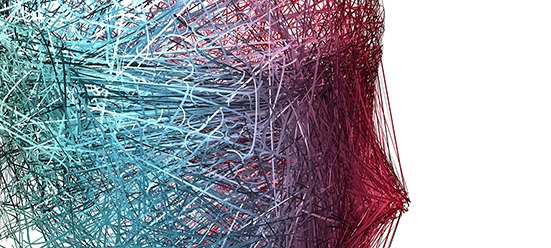
A Thousand Individual Threads
Computing And Community
Individuals seek to see and be seen, hear and be heard, know and be known, love and be loved. To that end, we bind ourselves to communities established by birth, proximity, interests, and values, so as to meet our innate needs for safety, companionship, intimacy, meaning, and identity. At scale, communities form an abundance of interconnected cultures; computing facilitates our participation in them in ways that can be unthered by space and by time.
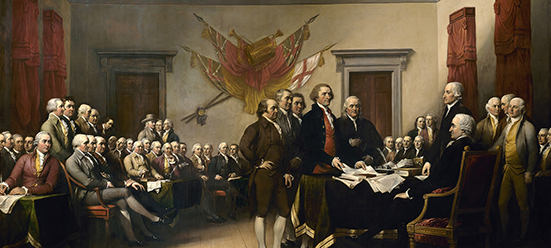
When In The Course Of Human Events
Computing And Nations
A nation is a special kind of community, one defined by physical boundaries, a common history, a shared identity, and an evolving culture. The role of a nation is to preserve and defend its sovereignty, be good stewards of its resources, and attend to the needs of its citizens so that they might flourish. To those ends, computing is a mechanism whereby nations may yield their power externally as well as internally, a vital component in the delicate balance between the needs of the many and the desires of the few.
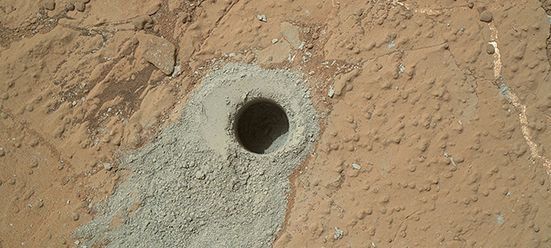
To See A World In A Grain Of Sand
Computing And Science
Science is a way for us to understand the cosmos, from the vastness of space and time to the strange behavior of subatomic particles, across the forces that give rise to the breathtaking dance between order and chaos, and even to the complex mechanisms of life itself, life that offers witness to the elegant truths of reality. Computing touches every aspect of science — observation, experimentation, and the making of theories — thereby extending our reach whereby we might reason about the world.

Deus Ex Machina
Computing And Faith
Science is the pursuit of understanding through observation, experimentation, and theory-building whereas faith is an encounter with the ineffable; both seek to explain the cosmos, although in radically different ways. Computing is firmly grounded in science, but its beginnings were colored by faith, its present is a companion to the vast majority of humanity who hold some belief system, and its future is inexorably entangled with dreams of the possible.
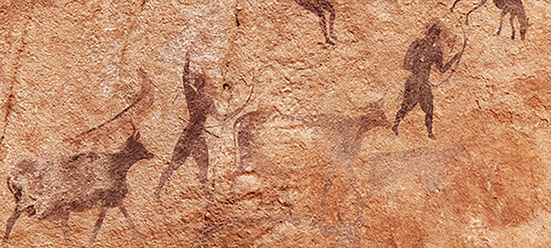
The Lie That Reveals The Truth
Computing And Art
Art is the tangible expression of the subjective experience of the artist, serving to connect with its observers in a manner that engenders an emotional, intellectual, or experiential response. The artifacts of art may take on any conceivable static and dynamic form that engages the senses: visual, auditory, tactile, and more. In a manner of speaking, computing brings to the artist new pigments, new brushes, and even entirely new canvases; it also calls us to consider the uniqueness of human of creativity.
Pausing our journey across the landscape of computing, here we consider what computers can and cannot do, examining the elements that lay between our imagination and its expression:

The Imagination Age
The Limits Of Computing
Imagination powers the loom on which we weave the tapestry of our lives, its warp and its woof spun from the threads of our mortality. Computing is itself a most powerful and flexible loom, able to make our dreams manifest in the real world. The physical world, however, is relentless: the laws of physics remain inviolate, identifying suitable abstractions, algorithms, and architectures requires significant creativity and continuous evolution, and human factors introduce organizational, economic, and ethical constraints.
The final two chapters contemplate what it means to be human in the face of a technlogy that can extend our our bodies and augment — or perhaps even replicate — our minds:
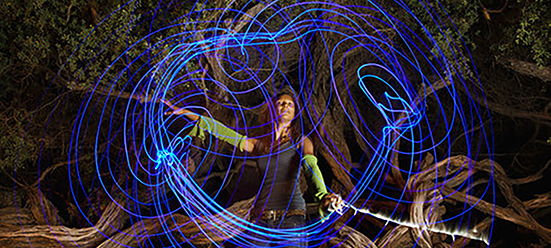
I Sing The Body Electric
Computing And The Extension Of The Body
Evolution has shaped minds for the physical world and all of its complexity, ambiguity, contradiction, noise, and indifference to our presence. We are embodied creatures, in and of the world, and our continuing presence is a testament to the material value of sentience. Computing makes it possible to extend our bodies in two very powerful ways, by expanding our senses and our appendages far beyond their organic limitations and projecting our minds into digital worlds that can transcend the laws of physics.

I Think, Therefore I Am
Computing And The Augmentation Of The Mind
Sentience is an exquisite yet rare consequence of the laws of physics. Across the fullness of time, it is only in the past two or three generations that computers were no longer just human; now they have woven themselves into the interstitial spaces of civilization, serving to automate every conceivable activity. While the mind is unquestionably not a computer, there is tantalizing evidence to suggest that the mind is computable, and as such, we are faced with the prospect of artifical sentience.